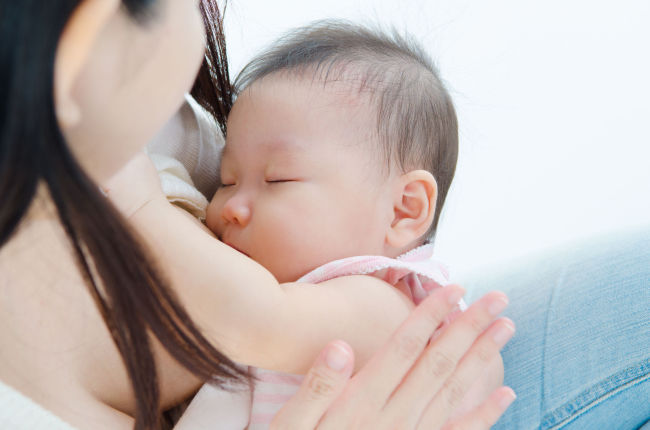Baby feeding rooms in two of Seoul’s most crowded subway stations are filthier than toilet bowl lids in nearby public restrooms, a lawmaker said Sunday.

According to Rep. Choi Do-ja from the National Assembly’s Health and Welfare Committee, nursing station facilities in Seoul Station and Yongsan Station had contamination levels of up to 13,476 relative light units per milliliter. That is about 14 times the average contamination level of toilet bowl lids in nearby restrooms, which was 951 RLU.
The surface of water purifiers installed for drinking water for baby formula had the most germs -- at least 13,476 RLU. Sofas had a contamination level of 8,481 RLU, while the level for diaper switchboards was 2,877 RLU.
A reading of under 500 is considered clean, while a reading above 1,000 means it is dirty. The higher the number, the more contaminated it is.
Nursing rooms are installed -- often right next to restrooms -- in public spaces like railway and subway stations and rest stops on highways, offering a quiet and private space to feed babies, change their diapers and lay them down for a nap.
The Maternal and Child Health Law states that cities and provinces are recommended to have such facilities in public areas, but there are no guidelines for hygiene control.
As of July, 1,007 baby feeding rooms have been installed nationwide, according to the Planned Population Federation of Korea, a nonprofit organization founded under the child health law.
“Mothers and babies are more vulnerable to viruses than others,” Choi said.
“Setting up hygiene standards is as important as installing feeding rooms for the convenience of mothers with babies,” Choi added.
By Bak Se-hwan (sh@heraldcorp.com)







![[Graphic News] More Koreans say they plan long-distance trips this year](http://res.heraldm.com/phpwas/restmb_idxmake.php?idx=644&simg=/content/image/2024/04/17/20240417050828_0.gif&u=)
![[KH Explains] Hyundai's full hybrid edge to pay off amid slow transition to pure EVs](http://res.heraldm.com/phpwas/restmb_idxmake.php?idx=644&simg=/content/image/2024/04/18/20240418050645_0.jpg&u=20240419100350)





![[From the Scene] Monks, Buddhists hail return of remains of Buddhas](http://res.heraldm.com/phpwas/restmb_idxmake.php?idx=652&simg=/content/image/2024/04/19/20240419050617_0.jpg&u=20240419175937)

![[KH Explains] Hyundai's full hybrid edge to pay off amid slow transition to pure EVs](http://res.heraldm.com/phpwas/restmb_idxmake.php?idx=652&simg=/content/image/2024/04/18/20240418050645_0.jpg&u=20240419100350)

![[Today’s K-pop] Illit drops debut single remix](http://res.heraldm.com/phpwas/restmb_idxmake.php?idx=642&simg=/content/image/2024/04/19/20240419050612_0.jpg&u=)